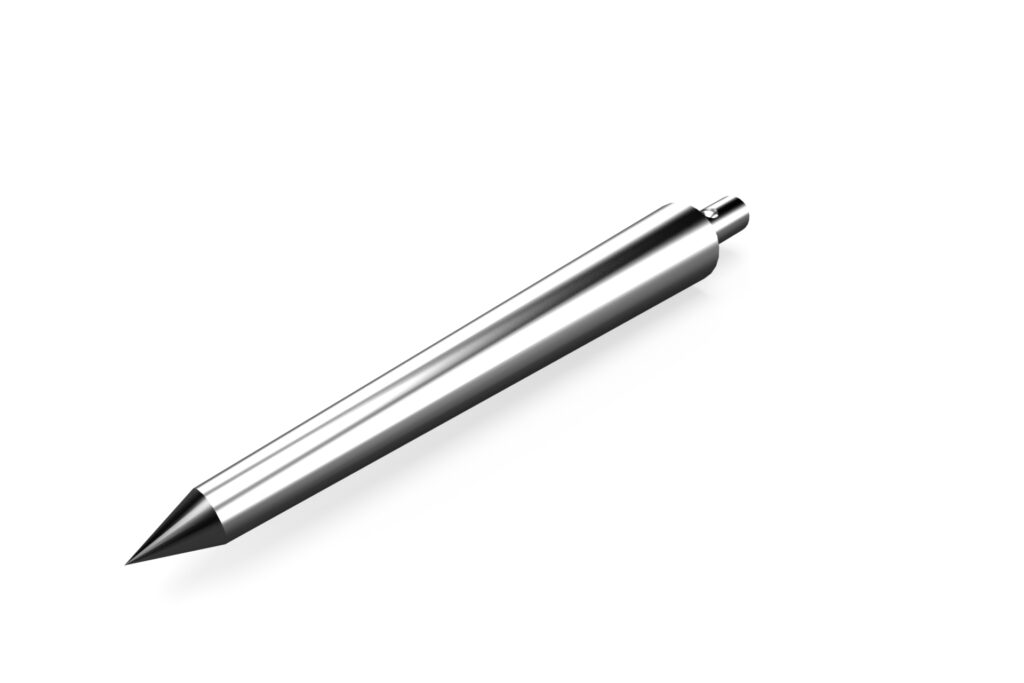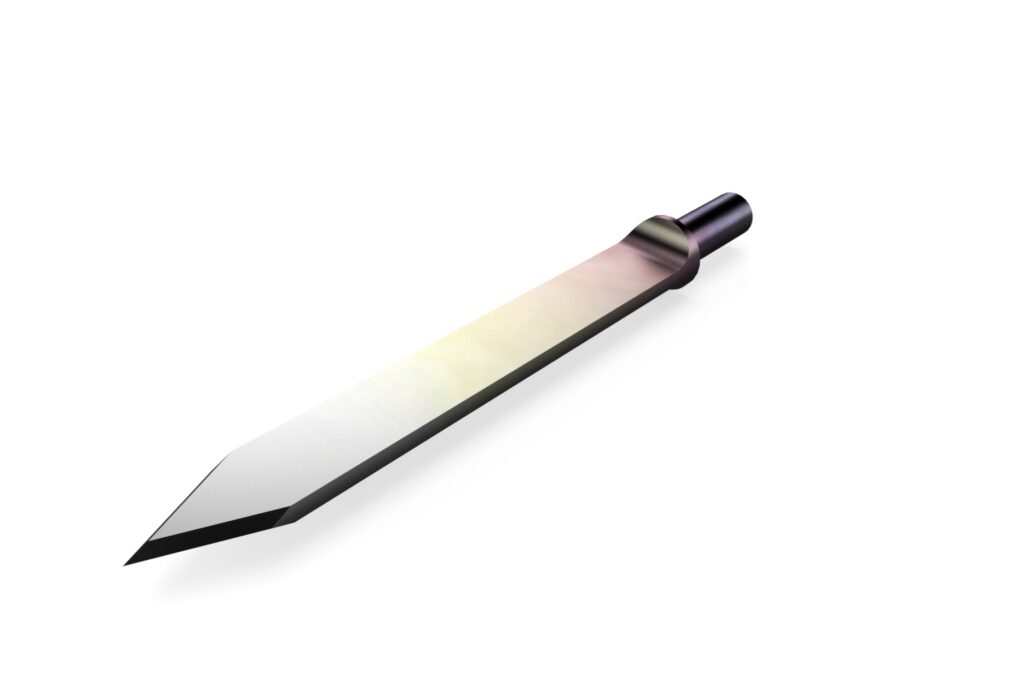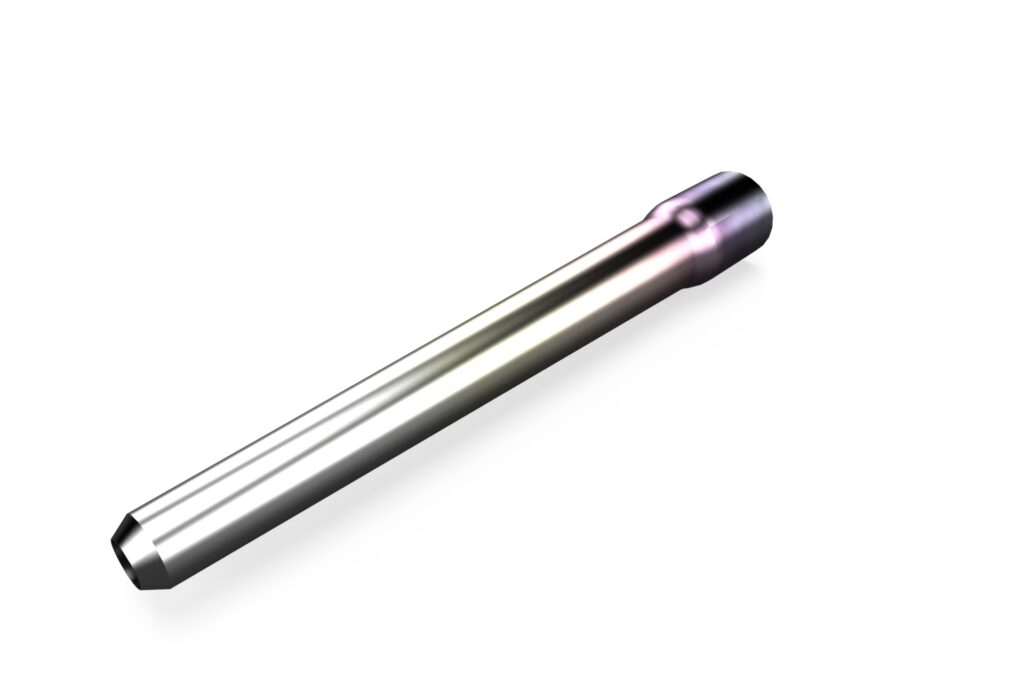The Science of Aeration Tines: How Aeration Improves Golf Course Turf
Aeration is an unavoidable aspect of proper turf management. During the aeration process, tines will penetrate the soil profile to allow for air, water, and nutrients to reach the roots of the plant. Regardless of soil and turf type, aeration is necessary and leads to healthy fields, golf courses, and lawns. To understand the details of how aeration improves golf course turf, we must dive a little deeper into the process of aeration and, ultimately, the results of the process.
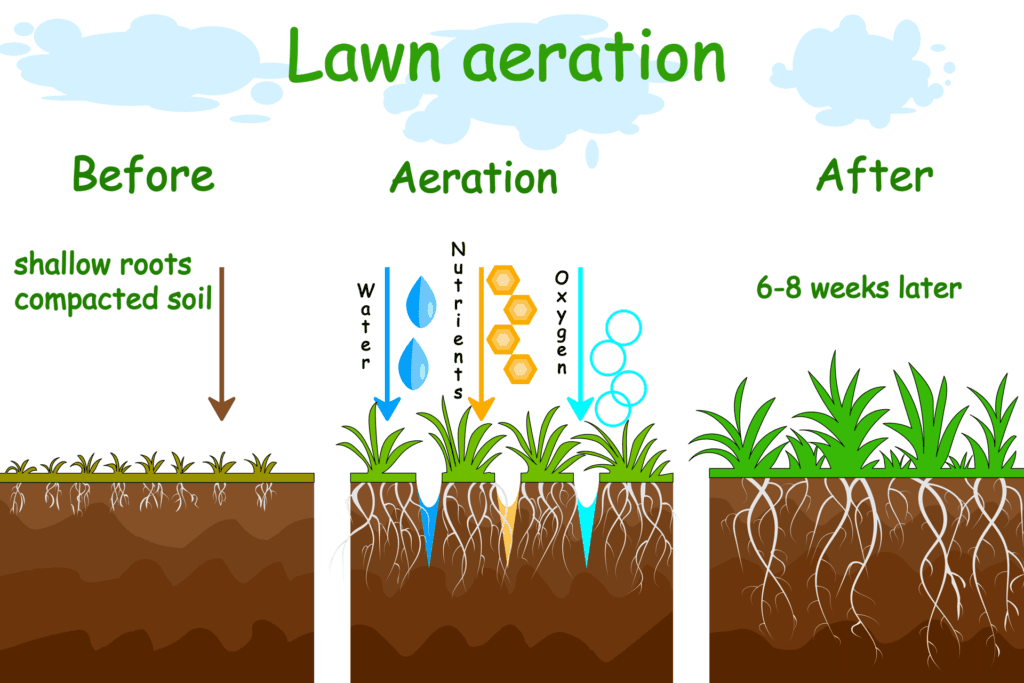
Roles of Tines in Aeration
In addition to tine depth and diameter, the type of tine used will also play into the type of aeration and its overall impact. The two main types of tines that Redexim carries are the solid and the hollow tines.
Solid tines are generally used for less invasive aeration procedures. A solid tine lifts the soil and breaks up compaction, creating space to improve air pockets within the soil profile. The solid tine does not remove soil cores and typically heals quite a bit faster as a result.
Hollow tines remove plugs of soil from the turf. These plugs can be quite large, and they need to be removed or brushed to allow for better oxygenation of the soil. Hollow tines do a great deal of benefit in turf that is struggling with thatch and soil compaction issues.
Impact of Tines On The Aeration Process
The tines used in the aeration process are different for each application. As the seasons change and turf needs change, the tine used in a machine like Verti-Drain can be adjusted and modified to work for the goal of the aeration process.
Here are a few benefits of the aeration process and how the proper tine selection will impact this.
Soil Compaction Relief
Hollow tine aeration is especially beneficial in relieving issues with soil compaction. The removal of the plugs from a hollow tine aeration makes room for air, water, oxygen, and nutrients to make their way into the soil.
A significant part of the aeration process is to ensure that soil compaction is not occurring below a shallow tine aeration. Most facilities will vary the depth of their aeration process to ensure that the natural compaction pans are reduced.
Deeper Root Grown
A deep tine aeration can encourage deeper root growth. With growth encouraged deeper in the soil, the overall health of the turf improves. Deeper root systems make the grass more resilient and better able to handle issues like temperature changes and periods of drought or extreme rain.

Thatch Reduction and Management
Thatch buildup makes it difficult for turf to get the necessary nutrients to remain healthy. The hollow tine aeration and sometimes solid tine aeration will manage thatch buildup and create a healthier environment for turf to thrive.
Water and Fertilizer Intake Increases
With tines penetrating the soil’s surface, it is easier for water and fertiliser to access the plant’s roots. For proper fertilisation procedures and to improve overall drainage, tine type, and depth should be carefully chosen.
Reduced Need for Pest and Disease Control
One of the most crucial issues faced in turf grass management is the issue of reduced pest control and disease management chemicals. Turf managers must find alternative ways to keep the grass healthy and robust to avoid losing it, thus making mechanical control more suitable for the future of turf grass management.
Aeration enhances the natural soil processes and makes growing resilient and healthy turf easier. Golf course conditions can be significantly improved and modified simply by selecting the proper tines during the aeration process.
Redexim Tine Types
The two types of Redexim tines are solid tines and hollow tines. However, within those categories, you will find other subcategories that can help with customisation and versatility in the aeration process to better suit local needs and requirements.
Solid Tine Options
There are four main types of solid tines are Standard, Cornetto/Grenade, and Cross and Chisel tines.
Standard
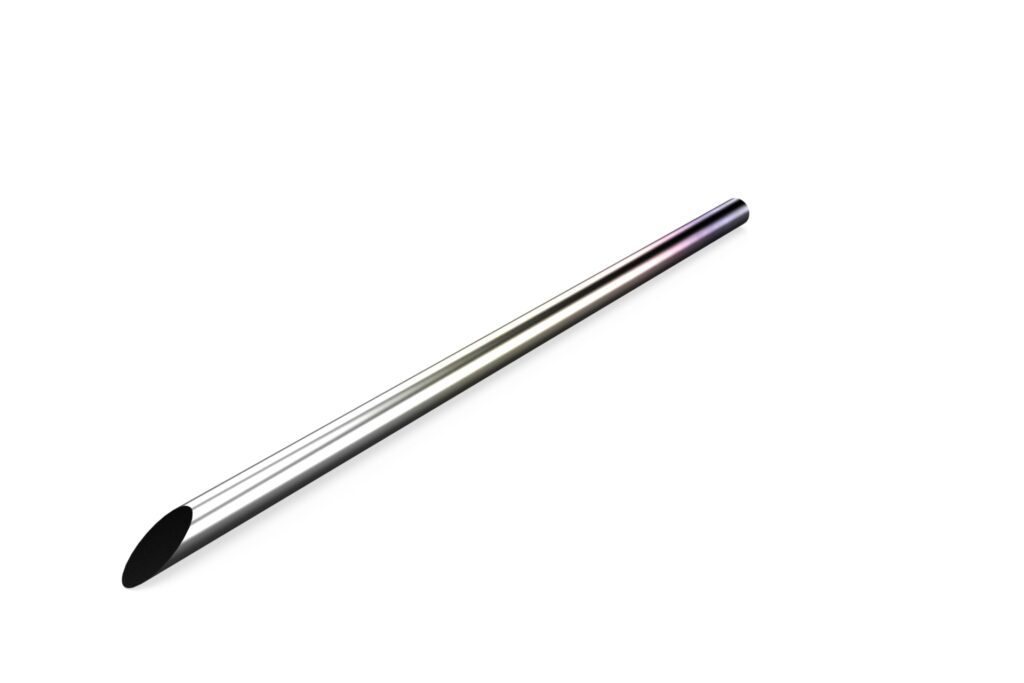
Designed to be able lift the soil with heave and break up compaction layers or without heave for smaller diameter standard tines, creating air pockets within the soil profile for less surface disruption.
Cross
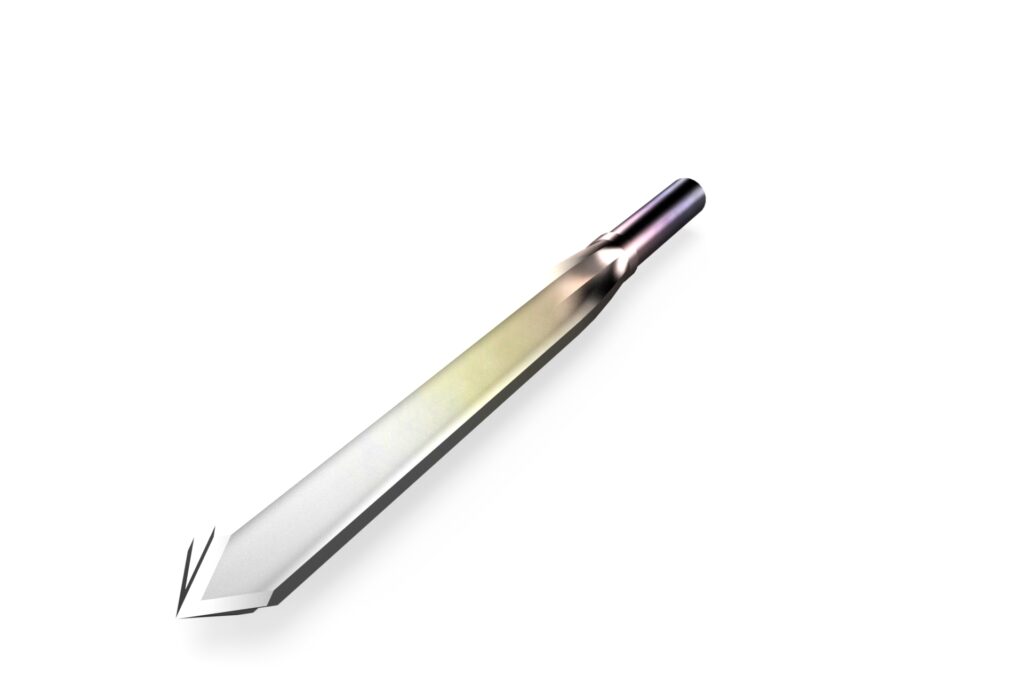
Designed to increase oxygen exchange, having more surface area than a standard tine without removing a core.
Hollow Tine Options
The two types of hollow tines are side or top eject, depending on the machine fitment.
Hollow Side Eject
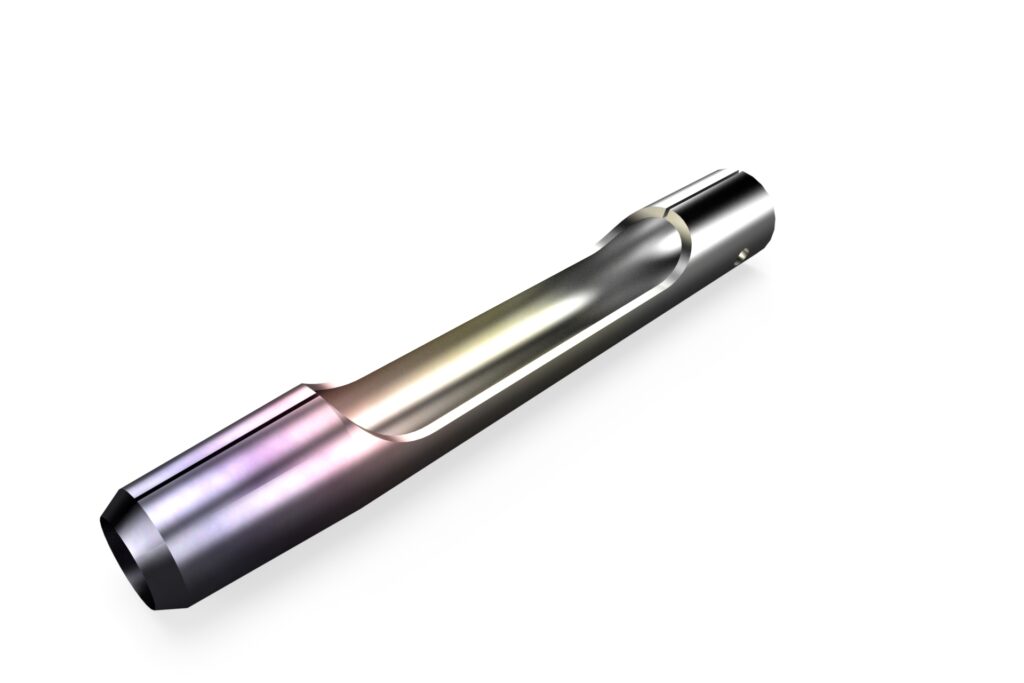
Large side opening allows for cores to be easily ejected in heavier soil conditions
Redexim Aeration Applications
Redexim equipment, including the Verti-Drain, Verti-Core, and Easy Core, all work with various Redexim tines. The tines are all built with quality, longevity, and durability in mind. Proper tine maintenance and timely replacement can help improve the effectiveness of aeration.
Final Thoughts
Don’t hesitate to contact Redexim about your needs for tines in your Verti-Drain, Verti-Core, or Easy Core. Genuine Tines by Redexim are not only recommended for use in all Redexim equipment but also among the industry’s most durable, long-lasting, and effective. Redexim Tines have been designed to fit precisely, protecting your machine and investment.
